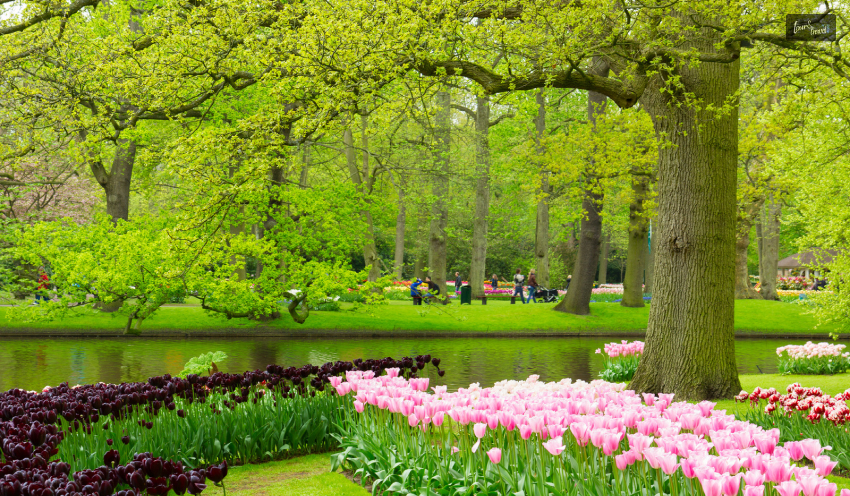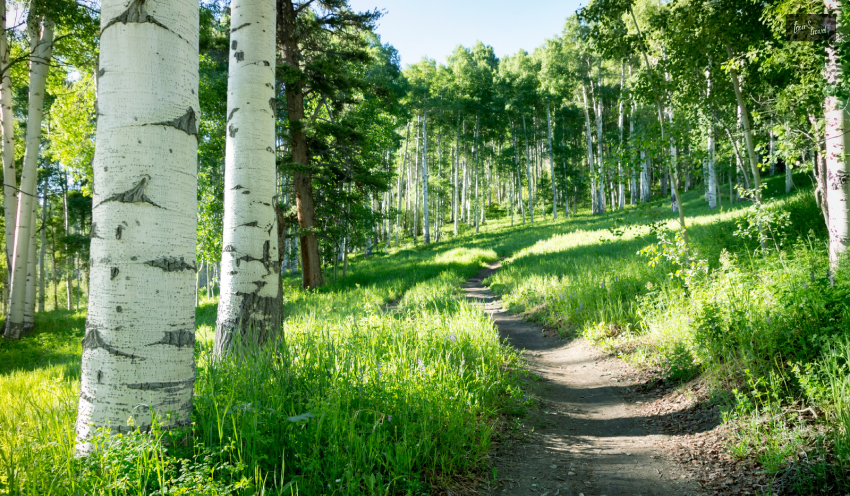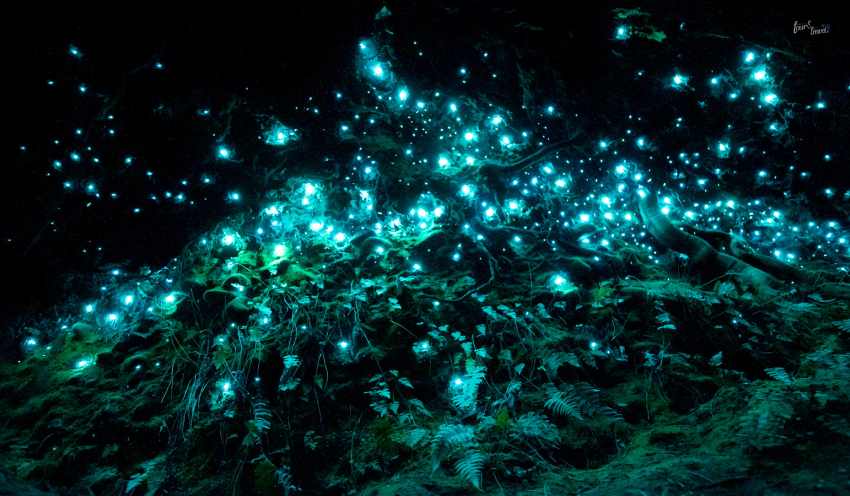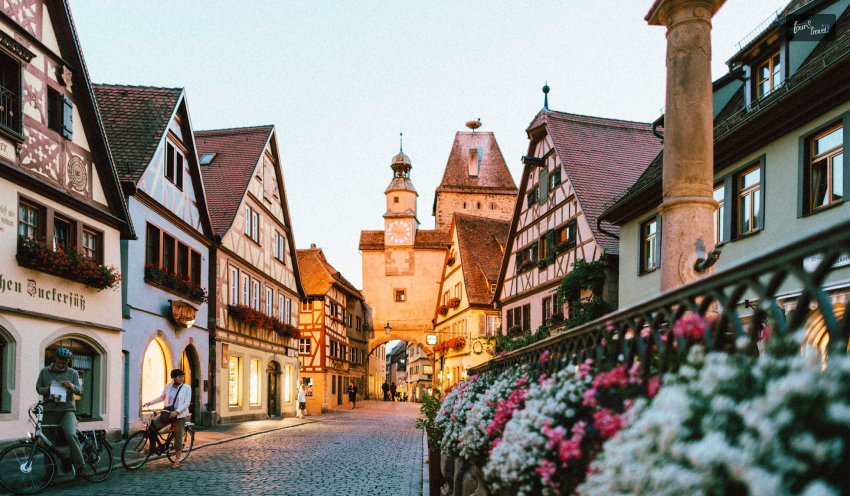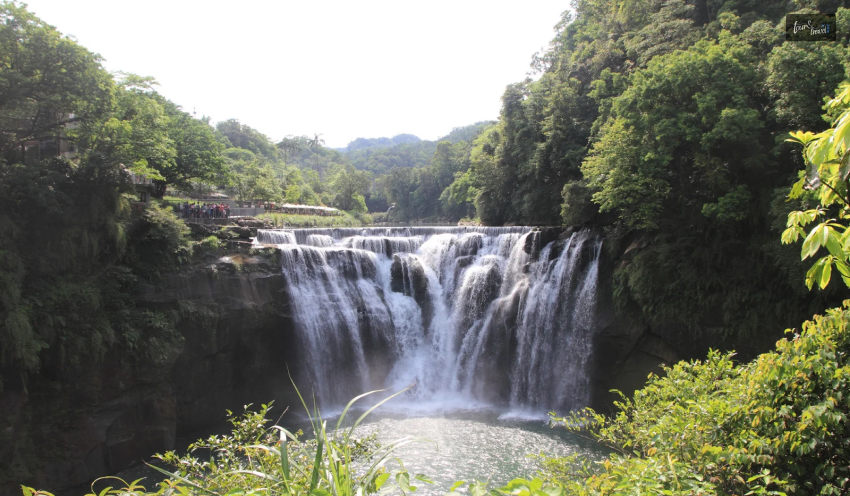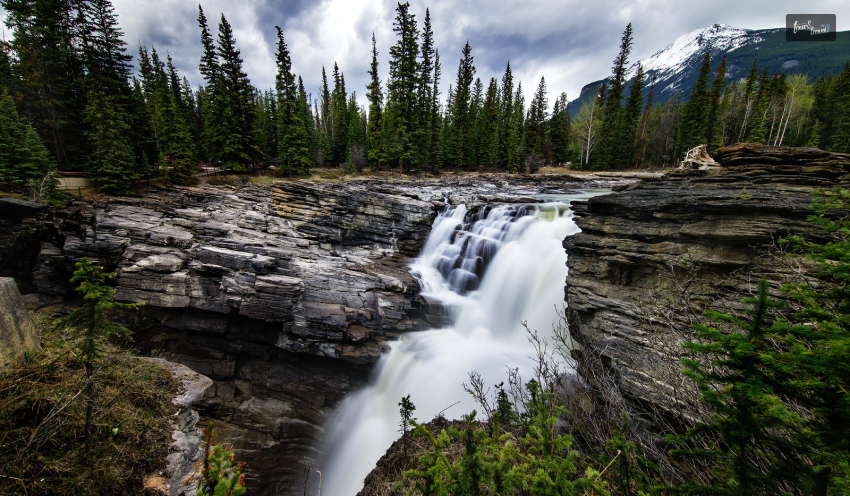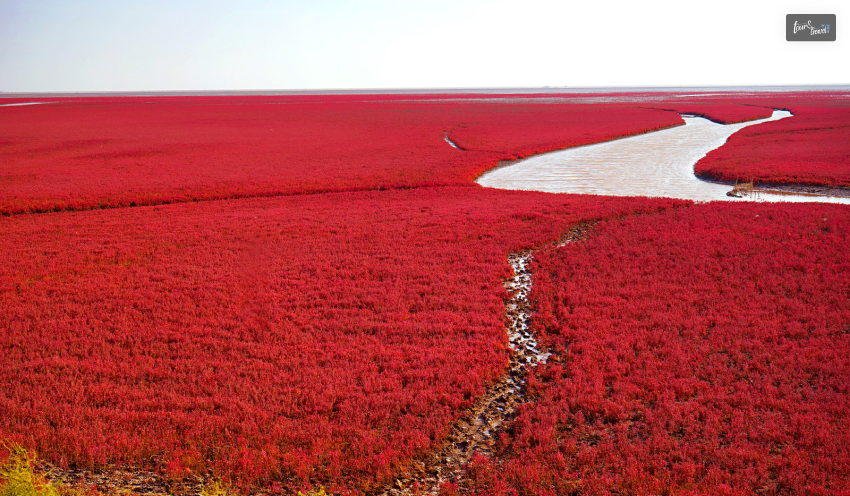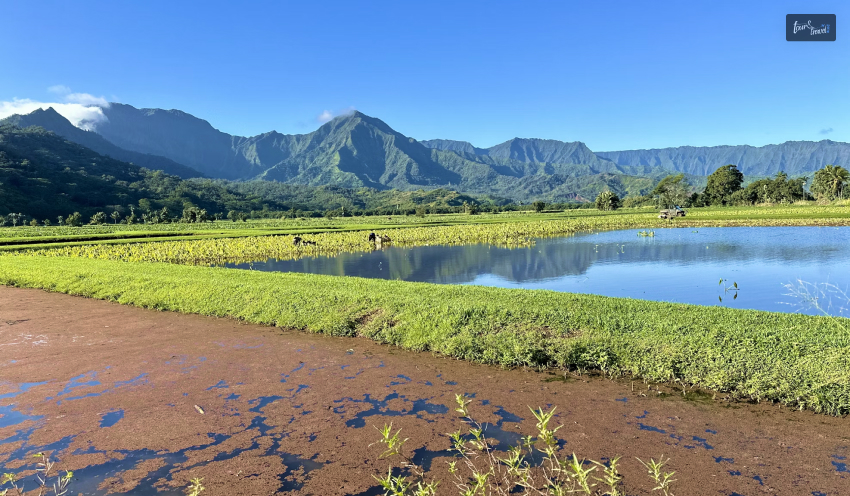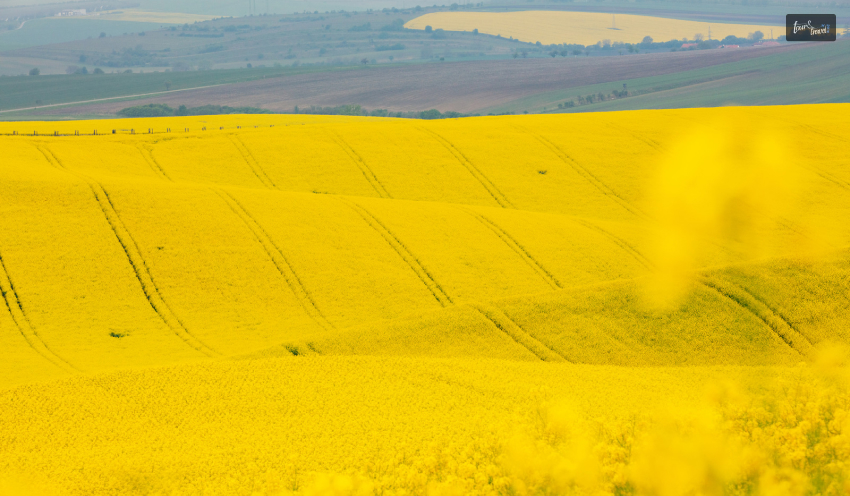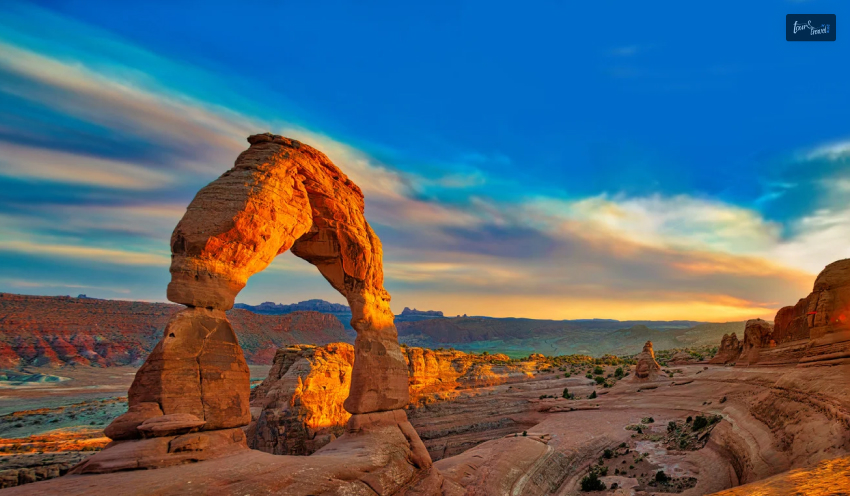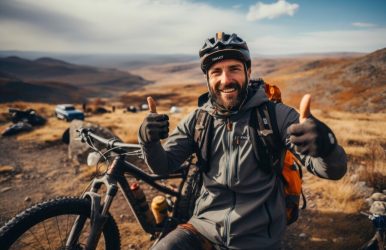On The Go: Packing Essentials For Your Next Adventure
BY Ankita Nov 21, 2023
For those who love venturing off the beaten path to experience the wonders that Mother Nature has to offer, your success and your safety in enjoying your next adventure will depend on the essentials you pack to carry with you. While enjoying the wind and sun or exploring a new destination can be exciting, gratifying, and even relaxing, these emotions can quickly turn into worry, fear, and exhaustion if you’re unprepared. Selecting what is essential to your well-being on the move can be challenging, whether planning a six-month, six-day, or six-hour adventure, mainly if you have limited packing space. Planning is the key to your success. Phone It’s impossible nowadays to even think of going somewhere without your smartphone. You don’t want to leave home without yours. Consider including a universal travel adapter depending on your destination and acquiring a local SIM card to remain connected in the event of an emergency or if you want to enjoy a bit of entertainment while on the go. Portable Charger While a charger and power bank may be among your best options if you’ll be off the grid for a while, carrying an extra battery is one of the top tips to follow when adventuring. A spare battery can be beneficial, especially for your phone as well as a camera or laptop, if you bring these along. Lots of things can go wrong, and the unexpected is always to be expected. You may become lost, need help, contact your family, or request medical assistance, and your phone may be your only lifeline to civilization. Pack that extra battery. Maps If you travel to a remote location, a phone or the internet may not be viable tools. Include physical maps, a GPS device, or even a basic compass among your adventure essentials to keep you on track. Water And Snacks Snacks like nuts and seeds, granola bars, or chocolate, along with a variety of pop tart flavors, can help maintain energy levels, and hydration is essential to general health and well-being. Reusable water bottles or boxed water aid in preventing dehydration and protect the environment as well. If you are refilling your water bottle, include water disinfection tablets. Carry extra snacks if you are embarking on an active trip. First Aid Kit Traveling can be an exhilarating experience, but especially when selecting a natural destination, bumps, bruises, bites, and scrapes are to be expected. A fall, unwelcome insect, thorny vegetation, or an upset stomach can leave you miserable and, in some cases, susceptible to infection. A compact first aid kit with band-aids, gauze, tape, antiseptic cream or wipes, painkillers, antihistamine pills, eyewash, ibuprofen, a small pair of scissors, tweezers, hand sanitizer, and even some electrolyte tablets needs to be among your travel gear. Consider packing some bug spray, moisturizer, and sunscreen if the climate warrants them, and don’t forget prescription medicines and a copy of prescriptions, just in case. A pair of protective sunglasses and a hat will complete your protective gear. Eco-Friendly Essentials If traveling off the beaten path, consider bringing reusable items such as cutlery sets, plates, containers, and a reusable shopping bag. A portable knife or pocket multi-tool is an excellent item to carry. If you’re traveling by plane, place it in checked luggage. Use solid hygiene products like soap or shampoo that require less space in your backpack or suitcase and are environment-friendly. Don’t forget a towel, toothbrush, toothpaste, nail clippers, and glasses if you wear them. A small sewing kit with needles may prove handy, too. Toilet Paper Roll A toilet paper roll may not seem obvious, but depending on where you are headed, you’ll be happy you thought to bring a roll along. Some cultures will not use toilet paper; wilderness destinations can be challenging when nature calls. Add in some tissues and wet wipes if you don’t have a place to wash up. Flashlight/Torch A flashlight is an essential tool to always have on hand. You don’t want to wander about in the darkness in a location you are unfamiliar with, especially should you lose track of time or your way. Flashlight torches and headlamps will reduce the risk of getting lost as well as bodily harm because you’ll be able to see where you are heading. Bring along an extra set of batteries and a lighter or matches, just in case. Comfortable Shoes And Clothing If you plan on walking a lot or hiking, comfortable footwear can make or break your overall experience. Plan for local weather conditions as well. You may be better prepared with waterproof shoes or boots. Don’t forget the proper type of socks, especially in colder climates. Choose the correct type of clothing, such as swimwear, goggles, and flip-flops for a warm beach destination, breathable fabrics for the tropics, or heavier clothing for winter climates. Waterproof instruments may be called for if you’re visiting rainy locations. You may want an extra blanket or two as well. Portable Shelter If the wilderness is your final destination, portable emergency shelters are suitable to carry along. Reflective thermal shelters can be packed or attached to your backpack. Don’t Forget Your Documents! Regardless of where you are headed, you’ll need your documents. Necessary papers might include a driver’s license, vehicle registration, proof of insurance, passport, and perhaps a visa. Carry photocopies of these documents in a separate location in the event of loss or theft. Prepare a mix of credit cards and local currency, as not all places may accept your plastic, and use a money belt or anti-theft bag if possible. Final Considerations Finally, bring a lock to keep your things safe during hostel visits or overnight train trips. If you use a backpack, have a rain cover so your items don’t become drenched in a downpour. Include a whistle among your packed essentials. You never know when you may need to call for help or fend off a critter! Read Also: A First-Hand Experience Of Taking A Red Eye Flight! The Ultimate Guide To Finding Cheap Flights To Chicago Using Google Flights Momondo Flights: Should You Try This Platform For Booking Flights In 2023?

